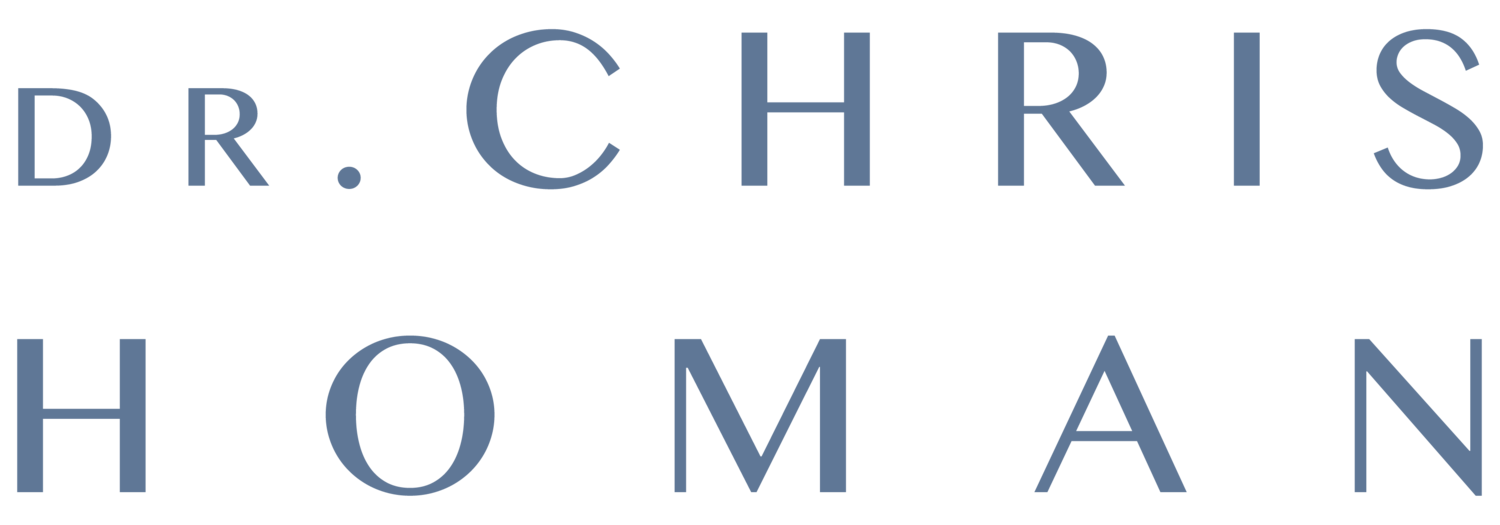Platelets
Platelets are small cell fragments in the blood that are the “first responders” for injury. Once they arrive on scene, platelets adhere to damaged structures and release 70% of their chemical messengers in the first 10 minutes to initiate repair. Platelets contain granules that store 3000-4000 different chemicals. These are released to mediate healing and include potent growth factors.
Platelet Rich Plasma (PRP)
PRP is produced by collecting a patient’s blood in a special tube and spinning it in a centrifuge for 5 minutes. This separates the useful yellow-coloured plasma (with platelets) from the unwanted blood cells. 9 ml of blood produces approximately 5 ml of PRP.The PRP solution is then injected back into the patient’s painful tissues where the platelets release the chemical messengers from their granules.
PRP injections have the following actions
- Attract immune repair cells
- Stimulate local tissue growth and repair;
- Stimulate and proliferate local stem cells;
- Increase supportive blood vessel growth;
- Decrease net inflammation;
- Down-regulate pain receptors;
- Anti-microbial action.
PRP Injection Treatment
- The key outcomes of treatment are to reduce pain and improve function. The commonest protocol for PRP would be two injections, one month apart.
- Examples of musculoskeletal targets for PRP injections:
- Painful, arthritic joints, especially knees. Most patients experience improvement within a few weeks and this tends to persist beyond 12 months.
- Partial-thickness tendon tears or tendinopathye.g. rotator cuff, tennis elbow, Achilles tendon, plantar fasciitis, glute medius tendinopathy (trochanteric bursitis).
- Lax or injured ligamentse.g. Sacroiliac ligaments of pelvis
Contra-indications
- Blood disorders
- Recent illness with fever (within 2 weeks); active infections
Preparation
- Medications - Best to avoid: Steroids (tablets or injections) and fish oil for 2 weeks prior; Aspirin for 7 days prior; Anti-inflammatories and vit C for 3 days prior.
- Benefit from exercise 20 mins prior to blood collection (can increase platelet numbers by 4 fold)
- Postpone treatment if active skin sores / infection
Aftercare
- Expect some increased soreness for first 2 weeks More likely with tendon / ligament injections than joint injections
- Avoid ice / anti-inflammatories for 4 weeks
- Use paracetamol +/- codeine if required for pain
- Activity
0-48 hours - Take things very quietly
Day 3-14 - Steady increase in activity within pain limits
Dr. Chris Homan
MBBS FRACGP FACRRM DRANZCOG PGDipMSM(Otago)

